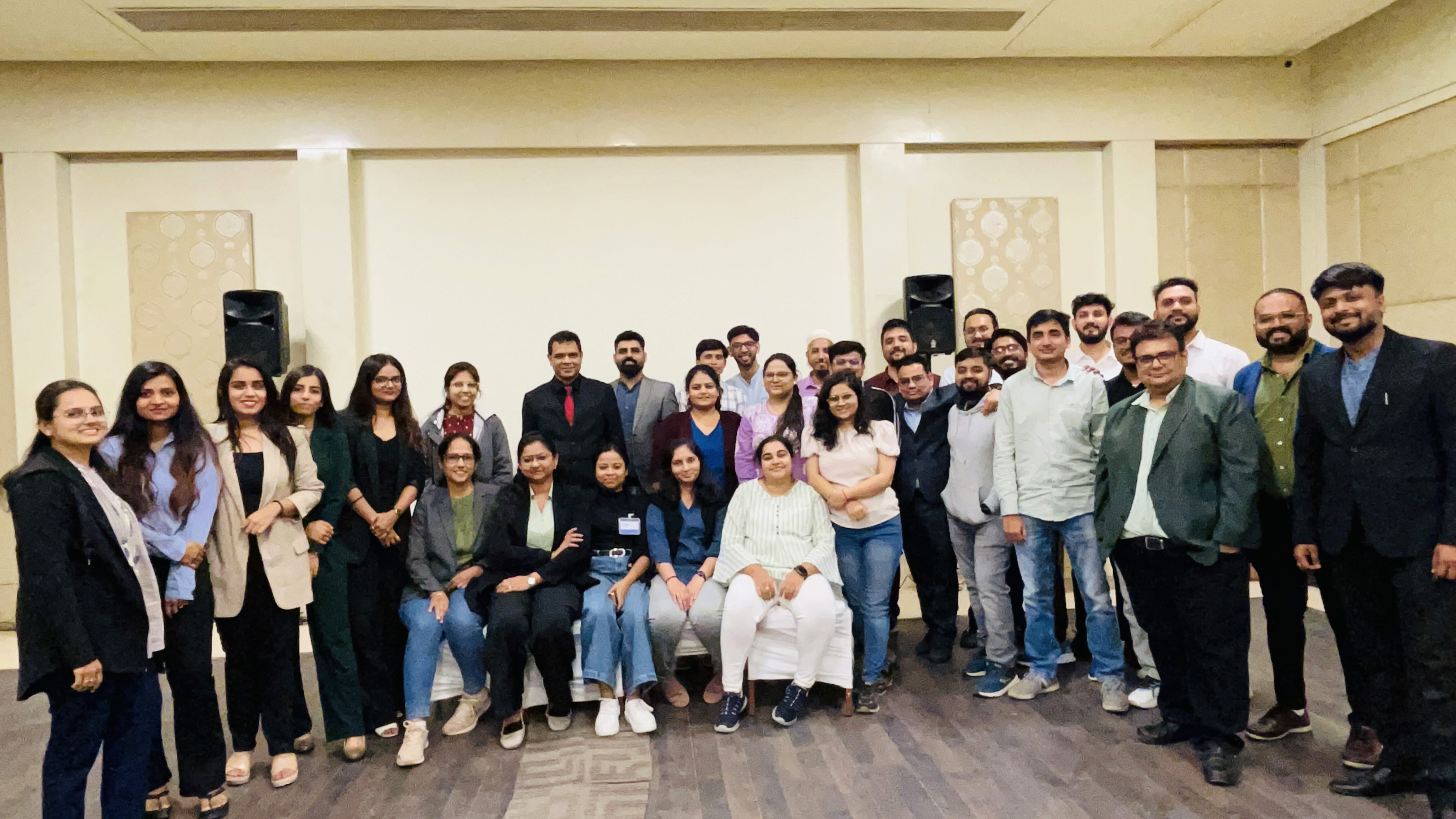Computers have revolutionized record-keeping over the years and changed how we gather and communicate information. Since the beginning of book-keeping, ledgers have existed to record transactions.
Ledgers turned digital in the late 20th century due to computerization. But they maintained their traditional style, which needed a central authority to validate them and a central database to store them.
The 21st century brought stronger computational power, and a disruptive technology came into existence, Distributed Ledger Technology. It combines high computational power with cryptography and advanced algorithms for a new form of record-keeping.
What is ‘Distributed Ledger Technology’ (DLT)?
As the name suggests, Distributed Ledger Technology is a digital database for recording transactions and similar data, which does not require a central store or authority. Instead, it records details in multiple locations at the same time. It stores information using cryptography and allows access with keys and cryptographic signatures.
DLT records both static data (registry) and dynamic data (transactions). Each computer connected to the peer-to-peer or DLT network processes and verifies every information. The rules of the network govern the database. After someone stores information, the database becomes immutable.
Unlike centralized ledgers, cyber-attacks are much more difficult on the distributed ledgers as the hacker will have to attack all the copies on the network. Also, a single member on the network cannot make changes without the consensus of others.
DLT systems have implementations as all three - Public, Private, and Hybrid systems. The structure of Distributed Ledger Technology systems could be in the form of Blockchain, hash-graph, DAG (directed acyclic graph), or others.
DLT systems could use different consensus algorithms, including proof-of-work, asynchronous byzantine agreement, proof-of-stake, practical byzantine fault tolerance, etc.
Examples of Distributed ledgers include Bitcoin and Ethereum (Open or Permissionless); Ripple, Fabric, and Corda (Closed or Permissioned).
Blockchain - The best-known type of Distributed Ledger Technology
A blockchain is a form of the distributed ledger technology. What sets it apart from DLT is that it links groups of records in the ledger to form a chain. Whereas, DLT stores the ledger across many servers but does not construct a chain of blocks.
Depending on the application of Blockchain, the public and users could have a say in its structure and control. But in the case of DLT, the implementer has greater control over the structure, purpose, and functioning of the network. Hence, the technology is decentralized in DLT, however, its corporate organization may or may not be decentralized.
Even though people use the terms DLT and Blockchain interchangeably, in reality, they are not. DLT includes a wide range of distributed systems, and Blockchain is its subset.
Blockchain ≠ Distributed Ledger Technology
Implementations of the shared ledger, DLT
DLT is already making waves in industries such as Finance, Entertainment, Diamond & other precious assets, Artwork, and Supply Chain.
DLT implementations in other sectors include:
Digital identity
DLT helps in securely storing personal records such as birth, marriage & death certificates. Several digital identity platforms using this technology have also come up.
Agriculture
Digital Ledger Technology helps in the agricultural sector in a variety of ways such as insurance, crop finance, warehouse receipts, the provenance of cash crops, and safety net programs on delivery of seeds, fertilizers & other agricultural inputs.
Governance
Governments use DLT in E-voting systems, E-Residence, record-keeping such as criminal records, to reduce fraud and error in government payments, to reduce tax fraud, and to protect critical infrastructure against cyberattacks.
Healthcare & Aid
DLT helps with electronic medical records; tracking of delivery & distribution of food, vaccinations, medications; and also in tracking distribution & expenditure of aid money.
The final takeaway
A Blockchain is a DLT, but not every DLT is a Blockchain. Distributed Ledger Technology is a much wider concept and has a variety of types and implementations. Even though DLT is fast evolving, the world is exploring the best possible ways to use it for maximum benefit.

We are a family of Promactians
We are an excellence-driven company passionate about technology where people love what they do.
Get opportunities to co-create, connect and celebrate!
Vadodara
Headquarter
B-301, Monalisa Business Center, Manjalpur, Vadodara, Gujarat, India - 390011
Ahmedabad
West Gate, B-1802, Besides YMCA Club Road, SG Highway, Ahmedabad, Gujarat, India - 380015
Pune
46 Downtown, 805+806, Pashan-Sus Link Road, Near Audi Showroom, Baner, Pune, Maharashtra, India - 411045.
USA
4056, 1207 Delaware Ave, Wilmington, DE, United States America, US, 19806

Copyright ⓒ Promact Infotech Pvt. Ltd. All Rights Reserved

We are a family of Promactians
We are an excellence-driven company passionate about technology where people love what they do.
Get opportunities to co-create, connect and celebrate!
Vadodara
Headquarter
B-301, Monalisa Business Center, Manjalpur, Vadodara, Gujarat, India - 390011
Ahmedabad
West Gate, B-1802, Besides YMCA Club Road, SG Highway, Ahmedabad, Gujarat, India - 380015
Pune
46 Downtown, 805+806, Pashan-Sus Link Road, Near Audi Showroom, Baner, Pune, Maharashtra, India - 411045.
USA
4056, 1207 Delaware Ave, Wilmington, DE, United States America, US, 19806

Copyright ⓒ Promact Infotech Pvt. Ltd. All Rights Reserved
